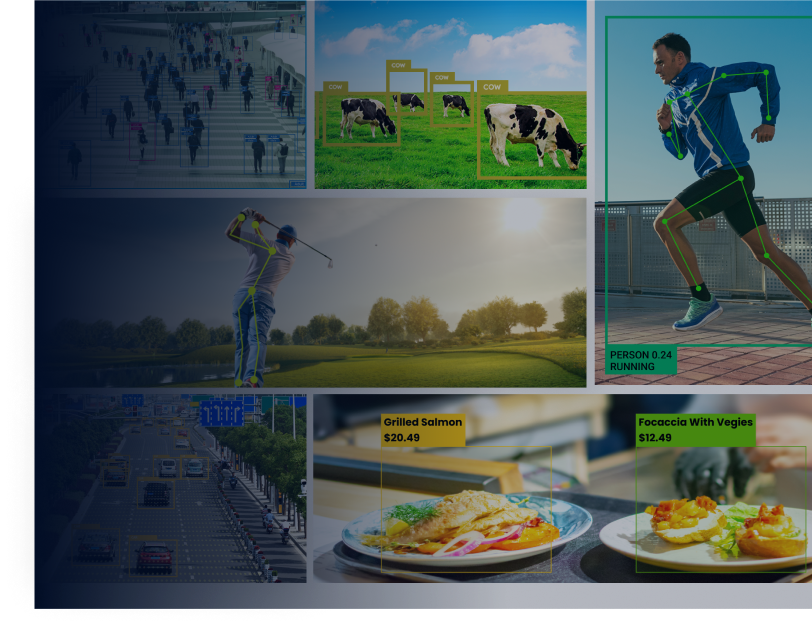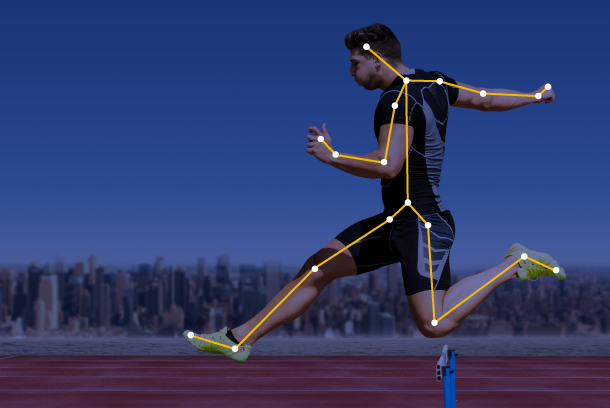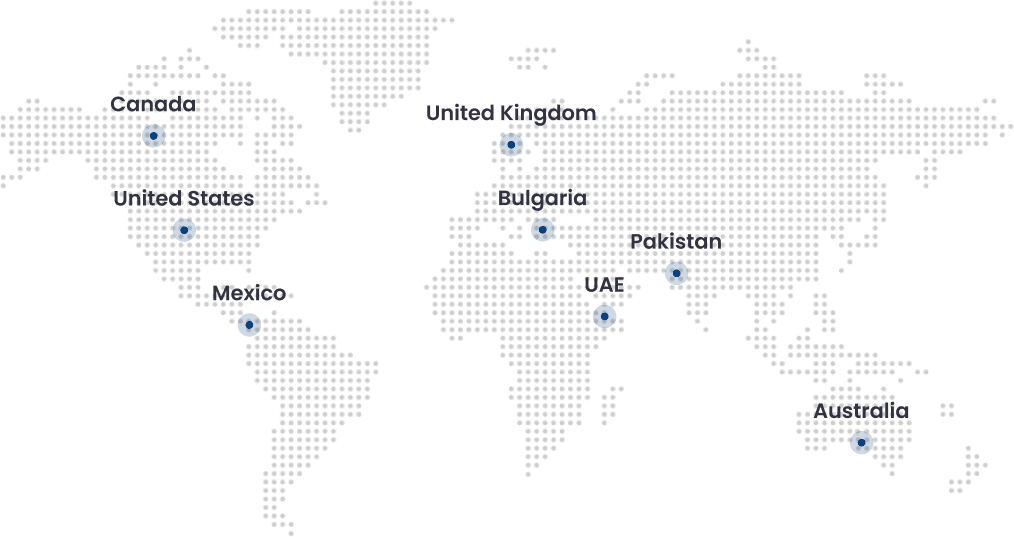Introduction:
The science of analyzing human movement, also known as biomechanics, is vital to sports performance and injury prevention. Traditionally, it required human experts and complex lab setups. However, the world of sports is changing with the use of Artificial Intelligence (AI). AI-powered biomechanical analysis is improving rapidly, giving athletes, coaches, and trainers a potent new tool to improve their skills, and performance, and prevent injuries.
Thanks to advancements in machine learning and computer vision, AI can provide real-time feedback, personalized training plans, and a deeper understanding of human movement.
Athletes, coaches, and trainers have always strived to achieve peak performance while preventing injuries. The science of analyzing human movement, known as biomechanical analysis, has played a crucial role in this pursuit.
However, the field is undergoing a major transformation with the advent of artificial intelligence (AI). AI is becoming a game-changer in biomechanical analysis, providing a powerful new tool for athletes, coaches, and trainers to enhance their performance.
This blog explores the exciting world of AI-powered biomechanical analysis in sports. We’ll delve into how AI is revolutionizing the way we understand human movement, optimize training programs, and ultimately, propel athletes to new heights.
The Power of AI in Biomechanical Analysis
1. Precision Performance Evaluation
AI-driven biomechanical analysis provides unparalleled insights into an athlete’s movements, enabling precise evaluation of performance metrics such as speed, acceleration, joint angles, and force production.
Tools like motion capture systems integrated with AI algorithms can accurately assess biomechanical patterns, helping athletes optimize technique and efficiency.
2. Personalized Training Regimens
By analyzing biomechanical data, AI can tailor training regimens to individual athletes’ needs. Customized workout programs based on biomechanical profiles help optimize training intensity, duration, and recovery strategies.
This personalized approach maximizes performance gains while minimizing injury risks.
3. Injury Prevention and Rehabilitation
Artificial Intelligence (AI) helps prevent injuries by identifying movements that can lead to injury. AI algorithms analyze data from wearable sensors and motion-tracking devices to detect inefficient mechanics that can cause athletes to get hurt.
AI-driven rehabilitation programs can also provide real-time feedback and monitoring, which can help create better recovery plans.
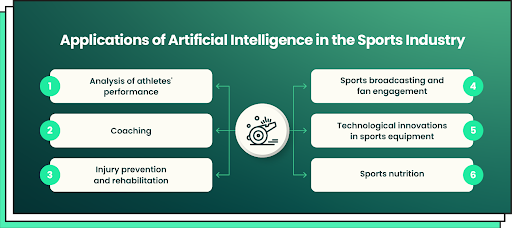
Real-world Applications of AI in Biomechanical Analysis
1. Enhancing Technique in Sports
In sports like golf, tennis, or basketball, AI analyzes biomechanical data to refine athletes’ techniques. For instance, analyzing golf swings through AI-powered motion capture helps golfers perfect their form and consistency.
2. Improving Sports Performance
In track and field events, AI-based biomechanical analysis assists in optimizing sprinting techniques. By evaluating stride length, foot strike patterns, and body posture, coaches can fine-tune athletes’ running mechanics for faster times.
3. Redefining Sports Medicine
AI-driven biomechanical analysis is transforming sports medicine. From assessing athletes’ gait to diagnosing movement disorders, AI assists healthcare professionals in providing targeted treatments and rehabilitation plans.
Ethical Considerations and Future Trends
AI has brought significant advancements in biomechanical analysis. However, there are ethical considerations that need to be addressed, such as data privacy and equitable access to technology.
Looking toward the future, AI has the potential to identify talent based on biomechanical signatures and provide real-time feedback systems for immediate performance adjustments, which is a promising trend.
Embracing the Future of Sports Science
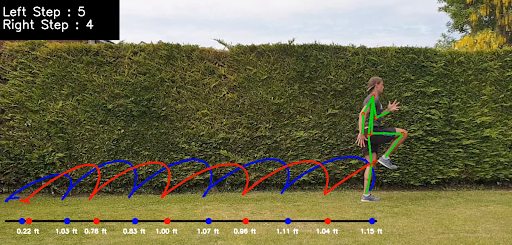
The inclusion of AI in biomechanical analysis represents a significant shift in sports science. With the help of AI, athletes and coaches can now gain valuable insights into movement mechanics, leading to improved performance and injury prevention.
As technology advances, AI will continue to push the limits of human potential in sports. AI-driven biomechanical analysis is a revolutionary innovation that gives athletes the ability to perform better and coaches the ability to strategize with greater precision.
The adoption of AI in sports biomechanics is not just a passing trend; it is the integration of a transformative tool that takes athletic performance to new heights.
Ready to optimize your athletic performance with biomechanical analysis? Embrace the future of sports science!
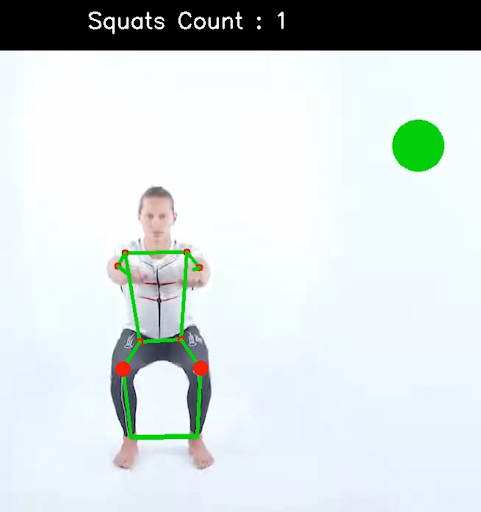
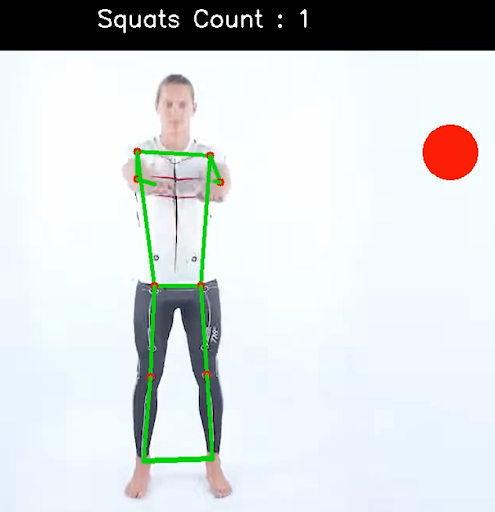

Dawood is a digital marketing pro and AI/ML enthusiast. His blogs on Folio3 AI are a blend of marketing and tech brilliance. Dawood’s knack for making AI engaging for users sets his content apart, offering a unique and insightful take on the dynamic intersection of marketing and cutting-edge technology.

